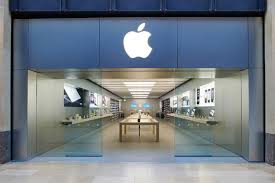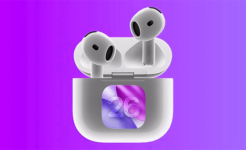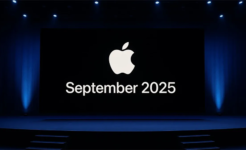
The Apple Store
The Magic Place Where You Can Buy Your Favorite Gadget
The Apple Store is a chain of retail stores that sell and manage iPhones, iPods, iPads, Macintosh computers, software and other electronics such as the Apple TV. All Apple stores offer a Genius Bar for technical support and repairs, as well as workshops for customers. Some stores even feature a studio for training with Apple products.
Many Apple stores are located inside shopping malls, but Apple also has a few stand-alone stores in high-profile locations around the world as well. In total, Apple has about five hundred retail stores all over the world, as well as online stores available in more than 40 countries.
According to many experts, the Apple Stores have turned what is normally a boring computer sales floor into what they call a “playroom filled with amazing gadgets”.
It was Steven Jobs who launched the concept of a new type of computer store. He strongly believed that the Apple retail program needed to fundamentally change the relationship to the customer, and he began investigating options to change the model. In 1999, Jobs recruited Millard Drexler, who supported Job’s retail stores initiative, to serve on Apple’s board of directors.
On May 15, 2001, Steve Jobs hosted a press event at Apple’s first store at Tysons Corner Center Mall in Fairfax County, located in Tysons Corner, Virginia. The first two Apple Stores opened four days later, on May 19, 2001. More than 7,700 people visited Apple’s first two stores in just the opening weekend alone and spent a total of US $599,000!
Many analysts predicted the failure of Apple Stores, but the new retail concept established its merits, and the momentum provided by the introduction of the iPod drove enormous interest in the Apple brand.
Originally, Apple Stores contained a dedicated point-of-sale (POS) station. In 2006, Apple introduced a new store layout and design, complete with surgical-grade stainless steel walls and backlit signage. A dedicated point-of-sale station however, still exists in most of these stores today, simply to facilitate transactions not paid for by credit card.
Globally, Apple Stores have raised the bar for consumer electronics retail stores and influenced other technological companies to follow suit. The successful experience that Apple had with its retail stores has also been applied to Disney Stores; since Jobs was elected to that company’s board of directors back in 2006.
All Apple Stores feature what’s called a Genius Bar, where customers can receive technical advice, or set up services or repairs for their products. The Genius Bar also provides software support for Mac OS X and hardware service on products that are not classified vintage or obsolete. Even then, the Geniuses will at least attempt to assist customers with older hardware as well.
Apple went above and beyond for their customers and employees by making sure each employee was provided with a training manual that taught him or her marketing and selling techniques, as well as providing customers with free Evian water; although sadly, this amenity was dropped in 2002.
To address the increasing numbers of iPod customers at the Genius Bar, some new stores also feature what they call an iPod Bar. Many stores also feature a station called The Studio, a Genius Bar-like setting where customers can meet with a Creative and receive help with different projects that range all the way from organizing a photo album, to music composition and film editing.
New Apple Store openings have become special events among avid Macintosh users throughout the world. Opening day attracts thousands of customers, who line up early in the morning or even the night before. Most openings are accompanied by giveaways of prizes such as t-shirts and “lucky bags” at flagship store openings.
See also:
- More information about Apple products on iGotOffer Encyclopedia.
- iGotOffer.com: magic place where you can sell your Apple gadget. Free shipping. Top cash guaranteed.






Facebook
Twitter
RSS